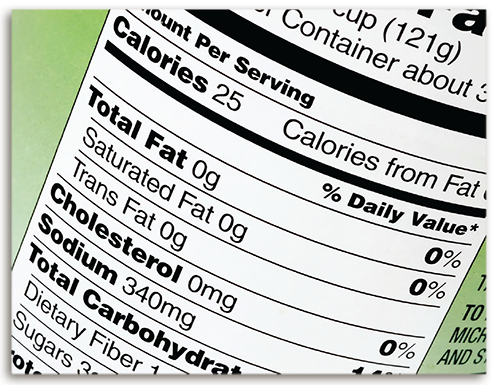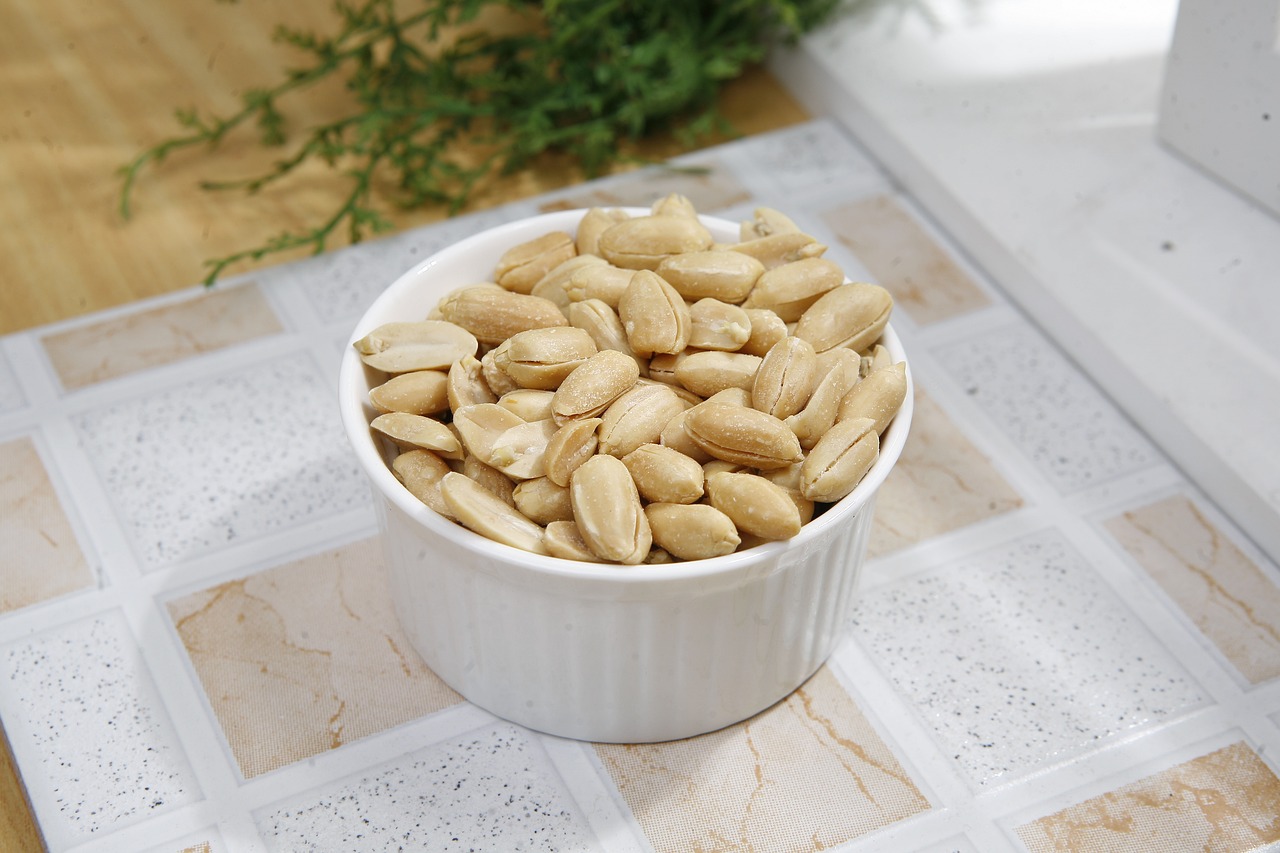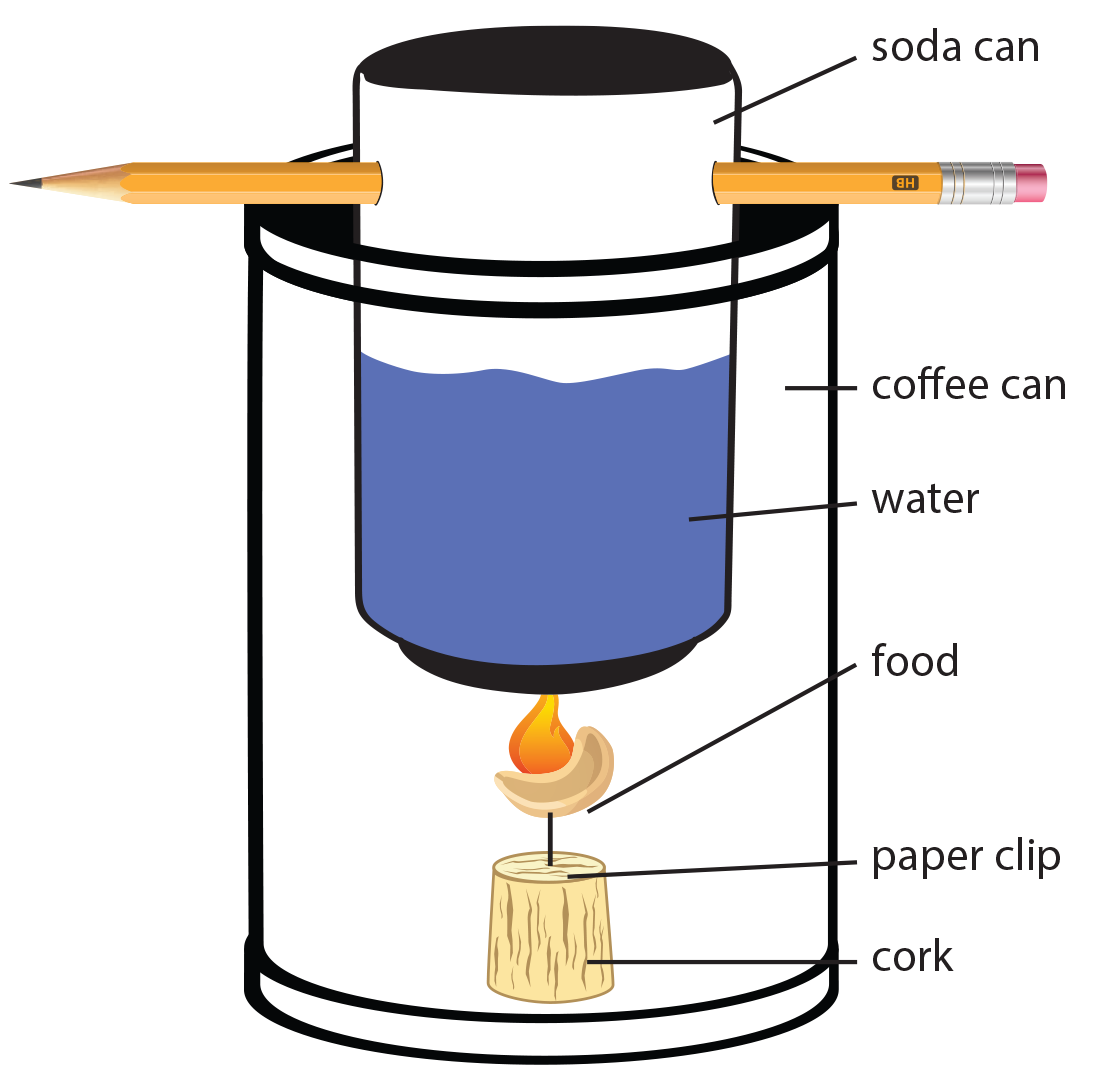The Importance of Meal Planning for a Healthy Diet
Meal planning is an important part of creating a healthy diet. For good health, people should plan weekly meals to help them make good choices. Each day adolescents should eat 1 1/2 cups of fruit, 2 1/2 cups of vegetables, 6 ounces of grains (1/2 of them being whole grains), 5 ounces of protein, and 3 cups of dairy. Eating the recommended amounts of each food group may help to prevent disease and support the body with nutrients. Eating too many calories from unhealthy foods can put individuals at risk for becoming overweight, developing dental cavities, and experiencing heart problems, diabetes, high blood pressure, and other diseases. In this lesson, students will learn about the calorie as the unit of energy we obtain from food, and how to interpret health information from a variety of sources. These topics are important to help students understand nutritional concepts.

Understanding Energy from Food
Our bodies need food for energy. Some foods provide more energy than others. More specifically, some foods are better sources of energy because they allow our bodies to store more potential energy. Potential energy is stored energy that has not been used. The amount of potential energy varies among foods. Our bodies convert the potential energy, measured in calories, to chemical energy. Chemical energy is the energy stored in chemical bonds that is released during a chemical reaction. A calorie is the amount of energy needed to raise one milliliter of water one degree Celsius. A kilocalorie (kcal) is the amount of energy required to raise the temperature of one liter of water one degree Celsius. Kilocalories are also known as the calories seen on food labels. They are a good method to use when measuring our energy. Joules is another unit used to measure energy intake. A joule (J) is equal to the amount of energy expended to force one newton through one meter. Just like ounces and grams are units used to measure weight, calories and joules are units used to measure energy.
It is important to consume the right amount of energy. Everyone burns energy at their own rate; however, we can calculate a range of calories we need for daily functions. We can keep track of our energy consumption using the energy balance equation. This equation subtracts energy burned from energy consumed to determine if we have consumed too little or too much energy. Consistently consuming too much or too little energy will have lasting effects on our bodies. Consuming too little energy will cause our bodies to breakdown too much stored energy, leading to malnutrition. Consuming too much energy will cause our bodies to store too much energy, leading to obesity. We need to consume a balanced diet to ensure the best health outcomes. Selecting foods from all five food groups, according to the daily recommendations for our age and gender, is essential to our health. The five food groups include Dairy, Grains, Protein, Vegetables, and Fruit. They provide us with a well-rounded diet based on our macronutrient recommendations. Macronutrients are carbohydrates, protein, and fat. We need all three to keep our bodies functioning properly. Selecting too many energy-dense foods and too little nutrient-dense foods will lead to health problems.
Energy dense foods, like doughnuts and French fries, are foods high in calories and low in nutrients. Nutrient dense foods, like broccoli and strawberries, can be high or low in calories, but are always high in nutrients. A bomb calorimeter can be used to measure the energy in food. This tool measures the amount of heat generated by a chemical reaction by releasing the energy from food in the form of heat. For example, when determining the amount of energy in a peanut, the peanut is placed in the calorimeter and burned. As the peanut is burning, its energy is being transferred to the water sitting above in the form of heat; therefore the increase in water temperature can be used to determine the peanut’s energy.
FoodMASTER Middle Lessons
FoodMASTER (Food, Math and Science Teaching Enhancement Resource) is a compilation of programs aimed at using food as a tool to teach mathematics and science. For more information see the Background & Introduction to FoodMASTER for Middle School. This lesson is one in a series of lessons designed for middle school:


